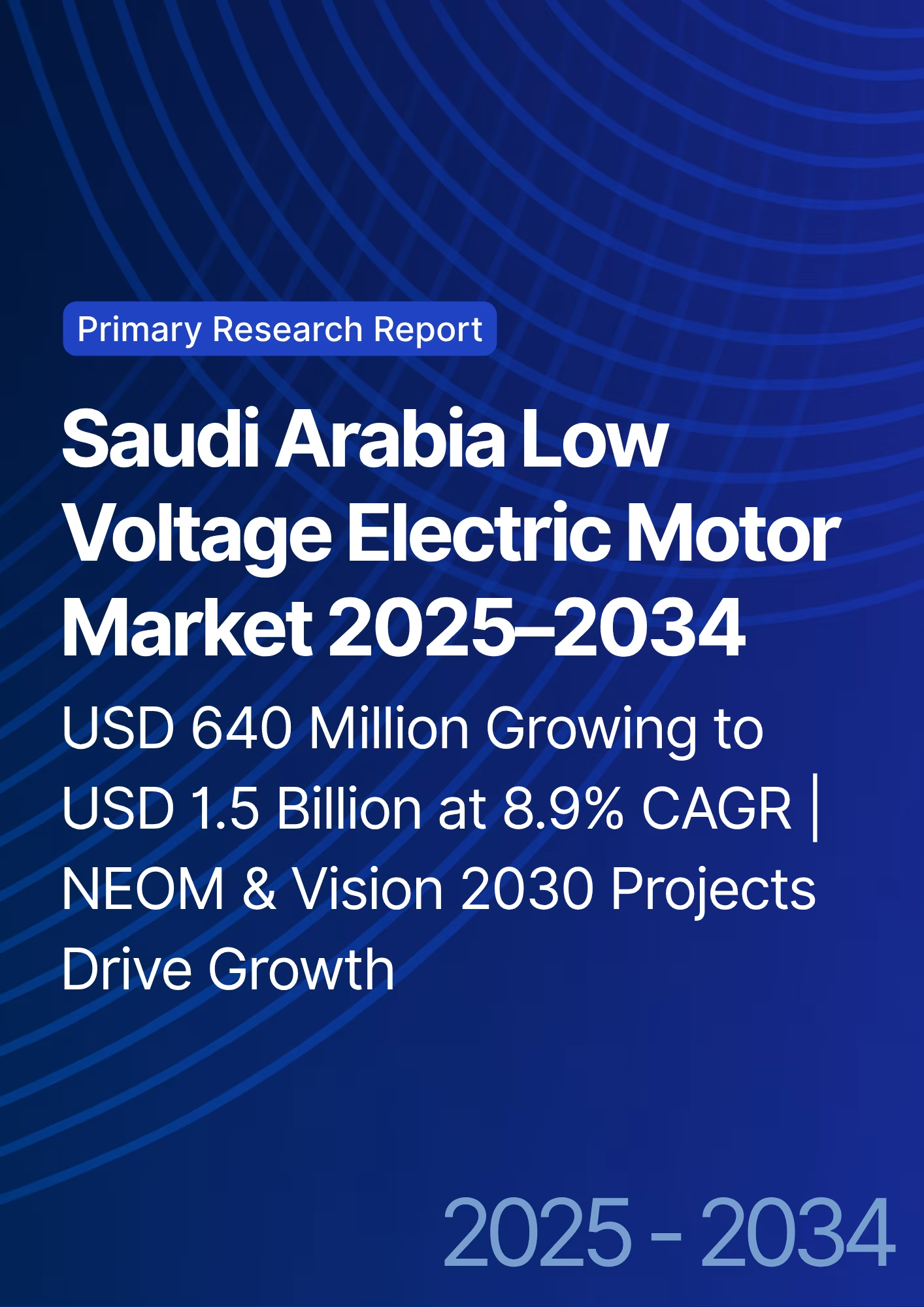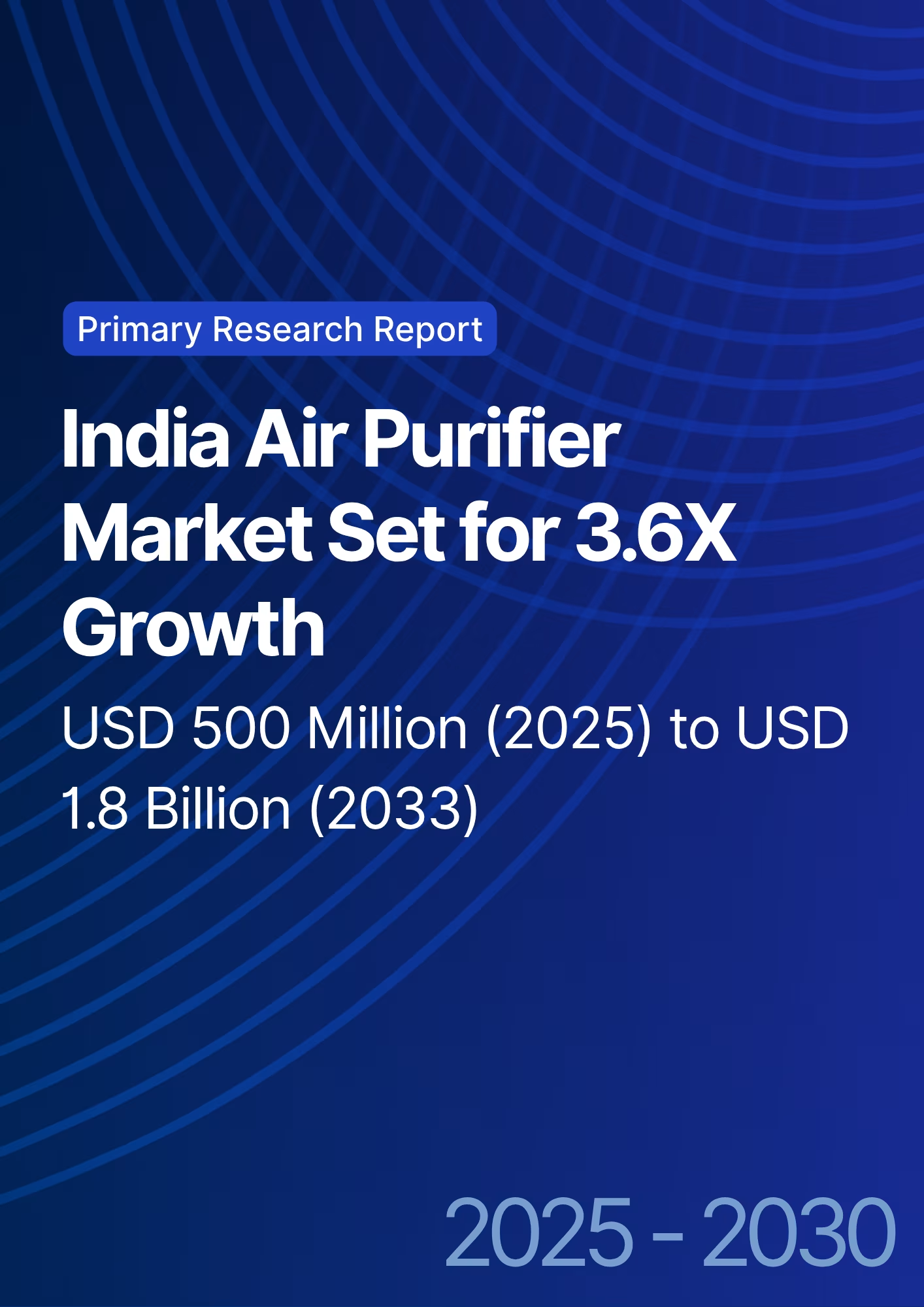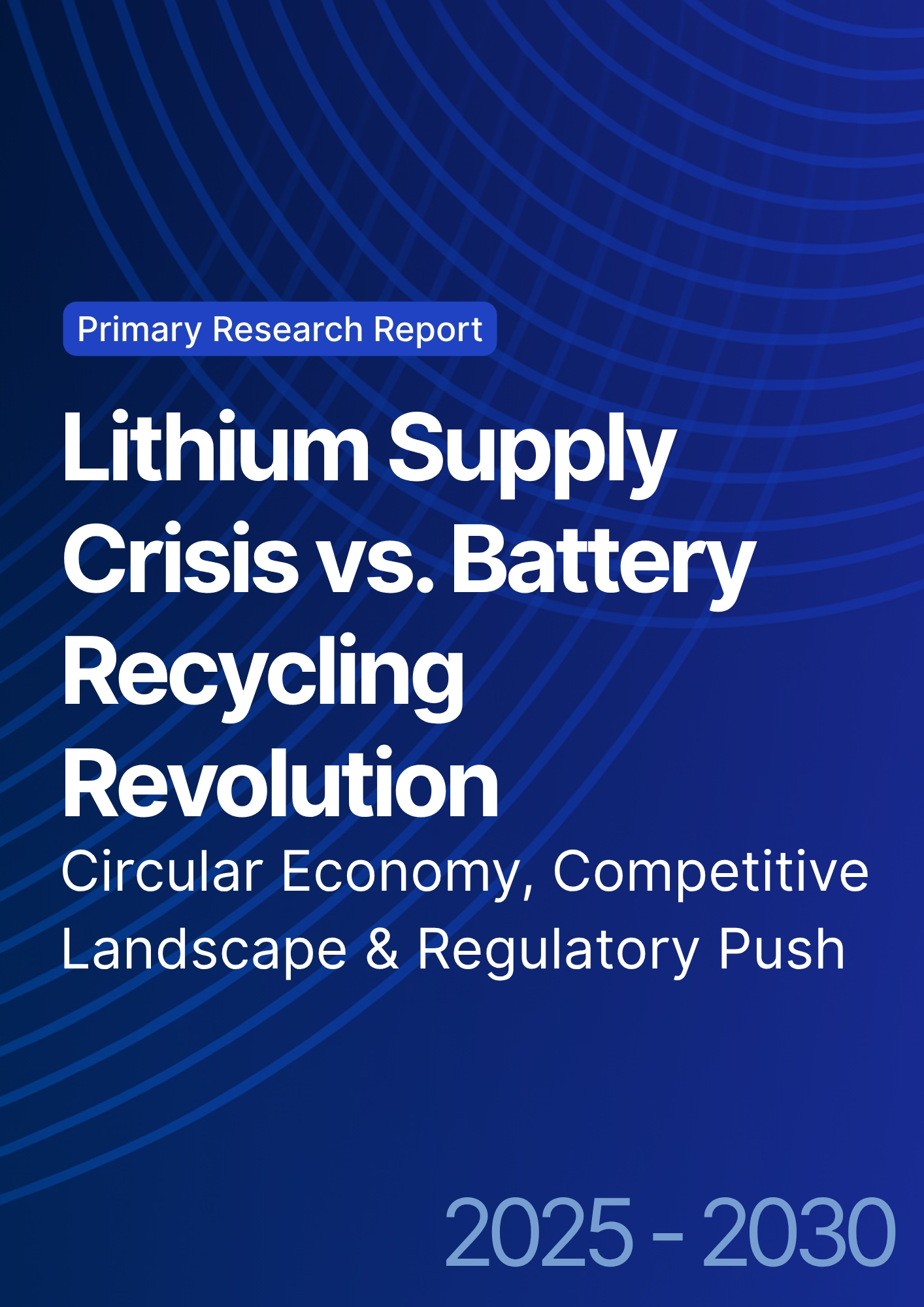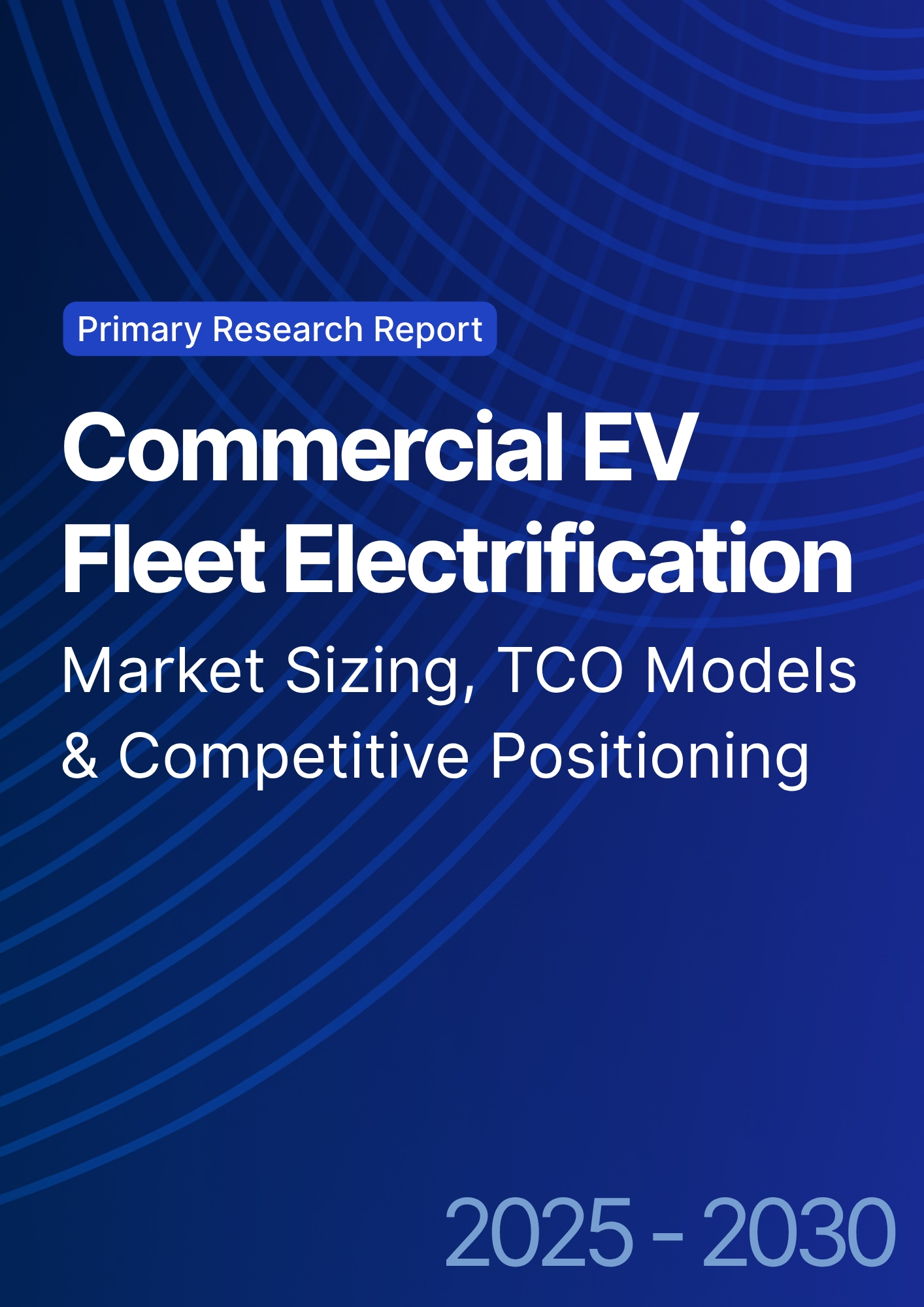

68 Circular Road, #02-01 049422, Singapore
Revenue Tower, Scbd, Jakarta 12190, Indonesia
4th Floor, Pinnacle Business Park, Andheri East, Mumbai, 400093
Cinnabar Hills, Embassy Golf Links Business Park, Bengaluru, Karnataka 560071
Connect With Us
Sustainable and Compostable Packaging: Biodegradable E-commerce Solutions & Circular Economy Models
From 2025 to 2030, Europe’s e‑commerce packaging pivots from pure recyclability to verifiable compostability and circular business models. Germany, the Netherlands, and Belgium emerge as early leaders due to dense organics‑collection networks, EPR policy pressure, and consumer willingness to pay for low‑impact options. Brands migrate away from multi‑material plastics toward paper‑fiber padded mailers, PLA/PHA‑based biopolymer films, and mono‑material designs that pass EN 13432/OK compost specifications. Concurrently, refill/reuse pilots and take‑back loops expand for subscription and high‑value categories. In this illustrative trajectory, cumulative European adoption of compostable e‑commerce packaging rises from ~220 kt/yr (2025) to ~1,020 kt/yr by 2030, with Germany growing from ~42 to ~195 kt/yr. Unit costs trend down as resin capacity, film conversion, and printing/adhesive systems scale: PLA/PHA mailers decline from ~€0.34 to ~€0.24 per piece on standard sizes, while paper‑fiber padded mailers fall from ~€0.28 to ~€0.22. Failure rates (tears/moisture/delam) fall 25–35% through better barrier coatings, seal geometry, and QC. Lifecycle claims are disciplined by third‑party certifications and QR‑linked digital passports tying SKU, batch, and end‑of‑life guidance to local infrastructure.

What's Covered?
Report Summary
Key Takeaways
1) Paper‑fiber and PLA/PHA mailers dominate compostable e‑commerce through 2030; mono‑material wins EPR fees.
2) Unit economics improve ~20–30% via resin capacity, coating advances, and line speeds.
3) Barrier and seal design cut failure rates ~25–35%, protecting CX and reverse logistics.
4) Digital passports + certifications (EN 13432/OK compost) de‑risk claims and sorting.
5) Reuse loops coexist with compostables where reverse logistics and SKU value allow.
6) EPR modulation shifts cost toward hard‑to‑recycle laminates; rewards verified compostability.
7) Supplier ecosystems in DE/NL/BE scale fastest thanks to infra, policy, and consumer adoption.
8) Outcome‑based contracts tie payments to failure rates, return rates, and verified end‑of‑life.
Key Metrics

Market Size & Share
Adoption concentrates in markets where organic‑waste collection and certification ecosystems exist. In this illustrative outlook, European compostable e‑commerce packaging scales from ~220 kt/yr (2025) to ~1,020 kt/yr (2030); Germany rises from ~42 to ~195 kt/yr powered by municipal biowaste programs, retailer commitments, and converter capacity additions. Share accrues to paper‑fiber padded mailers and PLA/PHA mono‑material films that meet EN 13432, with coatings/inks tuned for compost compatibility. Brands winning share integrate digital passports linking SKU/batch to materials and local end‑of‑life guidance, raising capture rates and consumer trust. Converter share consolidates around suppliers that secure bio‑resins, certify additives, and deliver high‑speed lines with quality control. Retailers and marketplaces with clear claims policies and EPR‑aligned fee structures shift more of their portfolio to compostable or reusable formats, reducing exposure to penalties on mixed‑material laminates.

Market Analysis
Unit economics and performance determine bankability. In this outlook, PLA/PHA mailer costs trend from ~€0.34 to ~€0.24 per piece (standard sizes) by 2030 as resin capacity expands and conversion speeds increase; paper‑fiber padded mailers decline from ~€0.28 to ~€0.22; PHA blends move from ~€0.46 to ~€0.34 but offer improved biodegradation. Defect rates (tear/moisture) drop 25–35% with improved seal geometry, dispersion coatings, and QA. LCAs improve as bio‑content rises and energy‑intensity falls on modern lines. Sensitivities include resin pricing, ink/adhesive compostability, and last‑mile moisture exposure. Procurement is shifting to outcome‑based contracts: payment indexed to defect %, verified compostability, and capture rates through certified streams. Risk mitigations include dual‑source resins, pre‑qualification testing (tensile/Cobb/hot‑tack), climate‑specific packaging SKUs, and clear consumer guidance via QR passports.

Trends & Insights (2025–2030)
• Mono‑material designs with compost‑compatible inks/adhesives dominate e‑comm mailers.
• Barrier innovation shifts to dispersion coatings and bio‑based tie‑layers to balance moisture with compostability.
• Digital product passports standardize SKU‑level materials data and end‑of‑life guidance.
• EPR fee modulation rewards compostable/reusable formats, penalizes hard‑to‑recycle laminates.
• Reuse/return loops scale for high‑value categories, operating alongside compostables.
• Converter consolidation around high‑speed lines with in‑line QC and certified additives.
• Retail UX: clear labeling, QR guidance, and return‑free damaged item policies protect adoption.
• Verified MRV for capture rates and compost outcomes becomes part of retailer ESG disclosures.
Segment Analysis
• Apparel & soft goods: paper‑fiber padded and PLA film mailers; moisture‑tuned coatings for regional climates.
• Beauty & personal care: compostable pouches with leak‑proof liners; strict ink/adhesive compliance.
• Books/media: mono‑material paper solutions; high tear resistance targets to minimize returns.
• Specialty/fragile SKUs: hybrid reusable mailers for high‑value items; compostable for standard returns.
Buyer guidance: sequence SKUs with lowest moisture/impact risk; certify materials and coatings; deploy QR passports; contract outcome KPIs (defects, verified capture, CX returns).
Geography Analysis (Germany & Europe)
Germany, the Netherlands, and Belgium lead thanks to organics‑collection coverage, EPR frameworks, and converter ecosystems. France, the UK, and Nordics scale with policy clarity and strong consumer adoption; Italy and Spain grow as compost infra densifies; Poland advances with e‑commerce growth and supplier investments. The stacked criteria compost infrastructure, EPR/policy, consumer adoption, e‑commerce volume, and supplier ecosystem indicate where balanced systems enable rapid scaling and credible claims.
Implications: stage rollouts in high‑readiness markets to refine playbooks; co‑develop coatings/inks with cert labs; and align contracts to verified end‑of‑life performance with MRV.

Competitive Landscape (Ecosystem & Delivery Models)
Competition spans bio‑resin producers (PLA/PHA), paper‑fiber converters, coating/adhesive suppliers, certification labs, digital‑passport platforms, and reverse‑logistics providers. Differentiators: certified compostability with inks/adhesives at applied weights, low defect rates under field conditions, scalable line speeds, and data transparency. Leaders offer integrated packages material + conversion + certification + digital passport + MRV under outcome‑based contracts tied to failure rates, capture rates, and CX returns. Delivery models evolve toward fee‑modulated EPR alignment and portfolio SLAs. Vendors that combine robust materials engineering with verified end‑of‑life outcomes will win Europe’s compostable e‑commerce segment through 2030.
Report Details
Proceed To Buy
Want a More Customized Experience?
- Request a Customized Transcript: Submit your own questions or specify changes. We’ll conduct a new call with the industry expert, covering both the original and your additional questions. You’ll receive an updated report for a small fee over the standard price.
- Request a Direct Call with the Expert: If you prefer a live conversation, we can facilitate a call between you and the expert. After the call, you’ll get the full recording, a verbatim transcript, and continued platform access to query the content and more.


68 Circular Road, #02-01 049422, Singapore
Revenue Tower, Scbd, Jakarta 12190, Indonesia
4th Floor, Pinnacle Business Park, Andheri East, Mumbai, 400093
Cinnabar Hills, Embassy Golf Links Business Park, Bengaluru, Karnataka 560071
Request Custom Transcript
Related Transcripts
$ 1445


68 Circular Road, #02-01 049422, Singapore
Revenue Tower, Scbd, Jakarta 12190, Indonesia
4th Floor, Pinnacle Business Park, Andheri East, Mumbai, 400093
Cinnabar Hills, Embassy Golf Links Business Park, Bengaluru, Karnataka 560071













